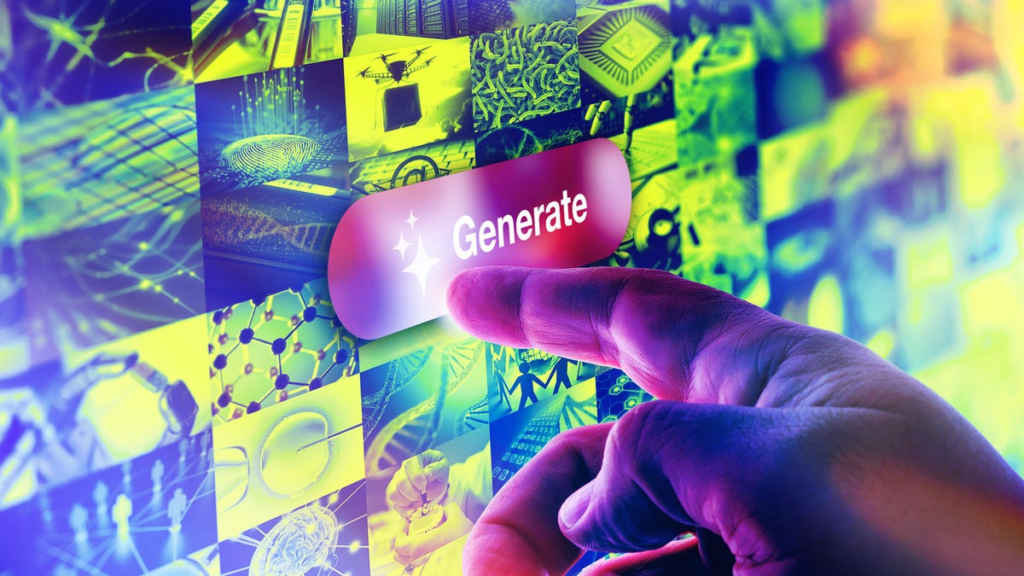The rapid evolution of artificial intelligence (AI) image generators presents both opportunities and challenges for businesses, particularly for small to medium-sized enterprises (SMBs) and automation specialists. As organizations increasingly turn to visual content for marketing, branding, and product visualization, understanding the accuracy, hallucination rates, clarifying prompts required, and response speeds of these platforms is essential for making informed investments. In this analysis, we will compare several leading AI image generators, focusing on their strengths, weaknesses, costs, return on investment (ROI), and scalability.
Accuracy is a critical factor when evaluating any AI image generator. This term encompasses how well the service responds to user prompts and the clarity with which it renders details. For instance, a generator that can produce a sci-fi spaceship scene that closely matches a detailed prompt would rank highly on the accuracy scale. Conversely, issues commonly associated with AI-generated images, such as misinterpretations of prompts or unclear details, can hinder a company’s ability to use these images effectively. In comparing platforms like OpenAI’s DALL-E and more traditional options, such as Adobe’s stock image tools, organizations may find that the newer generators often provide more imaginative outputs that are still grounded in the requested elements.
However, accuracy is inherently linked to the phenomenon of hallucinations—whereby the AI deviates from the user’s requests and produces unexpected quirks, such as nonsensical objects or anatomical inaccuracies. These hallucinations are detrimental to the overall user experience and can introduce an unexpected level of inconsistency into the creative process. While a certain degree of creative latitude is beneficial for generating unique visual content, blatant errors—like a character with an illogical number of limbs—are usually perceived as drawbacks. Here, DALL-E has made notable strides in minimizing these occurrences through advanced training methodologies, though they are not entirely eliminated. It’s crucial for SMBs to evaluate these platforms on how often hallucinations occur and the tools they provide for users to edit or refine outputs.
Another vital aspect of image generation is the number of clarifying prompts required to achieve desired results. Some platforms necessitate multiple iterations to get an image that aligns with the user’s vision, which can increase workloads and hinder productivity. A seamless user experience relies on the capability of the generator to adhere closely to initial prompts and offer robust editing tools to rectify any inaccuracies quickly. When evaluated side-by-side, services like Midjourney show a high tendency for accuracy but require in-depth prompts to leverage their full potential, which may not be ideal for users with limited time or expertise.
Response speed significantly impacts the user experience when engaging with AI image generators. Ideally, these tools should be capable of producing images swiftly—within seconds—rather than straying into multi-minute waits that could frustrate users. Platforms like Stable Diffusion boast particularly impressive speed metrics, churning out images in approximately 10 to 30 seconds under optimal conditions. Such responsiveness can greatly influence user satisfaction and overall productivity levels, giving companies an edge in a fast-paced market.
In terms of costs associated with AI image generation, SMBs will find various pricing models, from subscription-based platforms to pay-per-use schemes. OpenAI, for example, offers a subscription model that can incur sizable monthly fees, while others may operate on a credit basis, allowing for more granular expense management depending on usage frequency. ROI must be analyzed not only in terms of immediate output cost, but also in the long-term benefits the imaging tools can provide—increased brand visibility, higher engagement with marketing materials, and enhanced product presentation. Companies should conduct a cost-benefit analysis to determine which platform aligns best with their financial and operational objectives.
Scalability is another key consideration. As organizations grow, their image generation needs are likely to expand. Businesses should evaluate how easily a platform allows for increased usage, whether it can support larger teams, and if it can be integrated into existing workflows or automation platforms, such as Make or Zapier, which facilitate seamless operations across various applications. Understanding the ease of integration is particularly important for automation specialists eager to create streamlined processes that incorporate AI-generated content.
In conclusion, while the AI image generation space is characterized by rapid advancements and diverse offerings, careful consideration of factors such as accuracy, hallucination rates, clarifying prompt requirements, response speed, costs, ROI, and scalability is essential for SMBs and automation specialists. By evaluating these dimensions systematically, organizations can better align their investments with their strategic goals, enhancing their creative capabilities while mitigating risks associated with inaccuracies and inefficiencies.
FlowMind AI Insight: As the demand for AI-generated imagery grows, the success of SMBs and automation specialists will hinge on picking the right platform that delivers high accuracy with minimal hallucinations, coupled with rapid response times and cost-effective scalability. Proper investment in these tools is not just a move toward enhanced creativity; it’s a strategic decision that can significantly influence a company’s market positioning and operational effectiveness.
Original article: Read here

